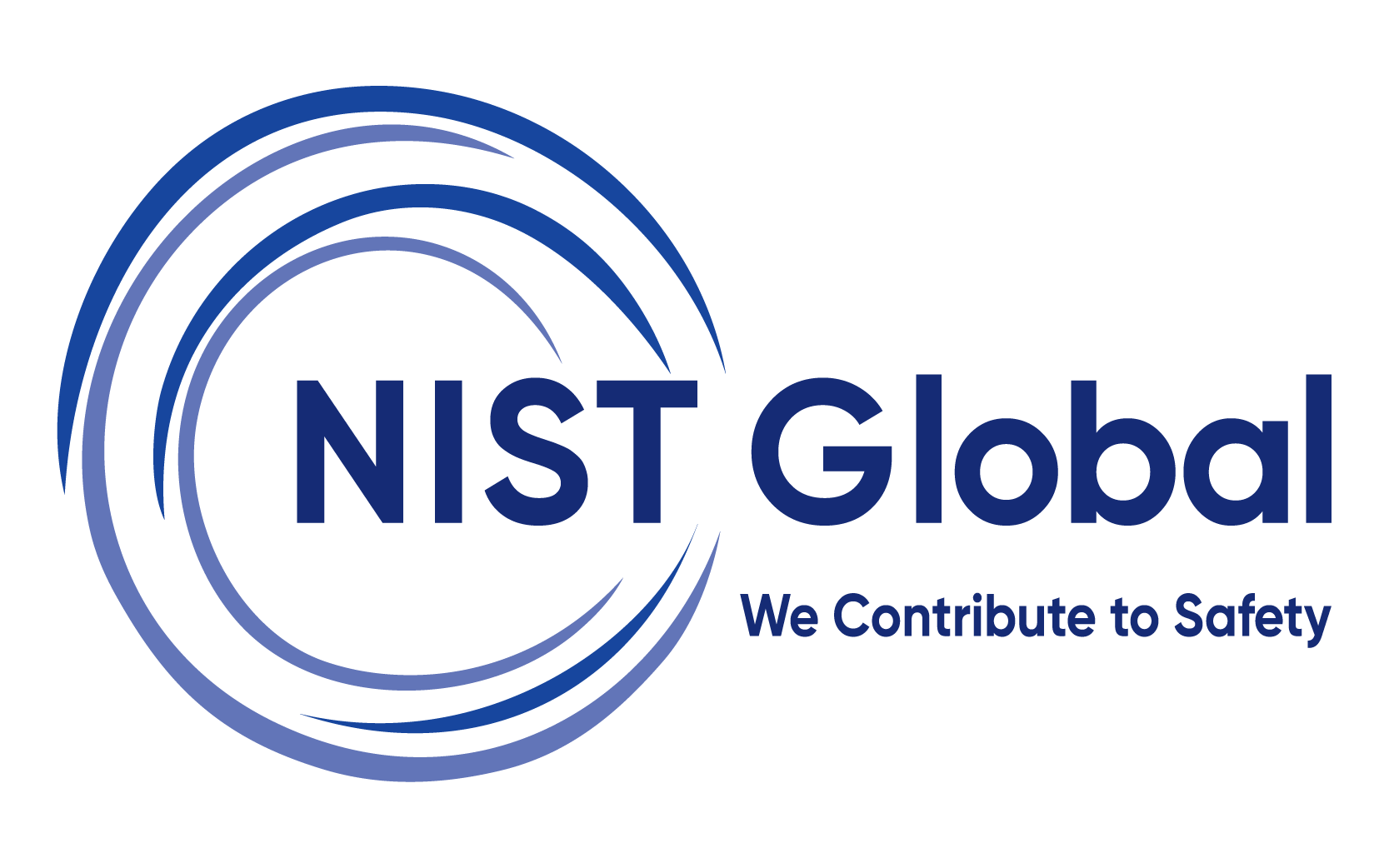Hazardous Spill Prevention and control
The Hazardous Spill Prevention and Control course is designed to help participants proactively manage and prevent chemical and hazardous material spills in workplaces such as laboratories, manufacturing units, storage areas, and during transport operations. This program equips learners with practical knowledge in spill risk identification, chemical compatibility, safe storage practices, and the use of containment and control tools.
Hazardous Spill Prevention and control Training
Participants will also gain hands-on exposure to spill control procedures, safety equipment usage, and compliance requirements. The training focuses on minimizing the risk of spills before they occur and establishing preventive systems that safeguard people, property, and the environment.
-
Duration1 Day
-
Training ModeVirtual/Face to Face
-
LevelIntermediate/Advance
-
LanguageEnglish and other regional languages based on availability
-
Content Customization:Client specific/Industry specific/Site specific
Why Should Employers Invest in this Training?
- Hazard Identification & risk assessment: Where employees learn how to identify hazardous substances and evaluate the severity of spills. This will make employees to take a decision making in emergency situations.
- Emergency preparedness & response: Making participants understand how to implement emergency protocols, evacuate safely, and initiate spill response actions. They are taught to act quickly and confidently.
- Spill containment and control: Employees acquire hands-on skills to control and contain spills using absorbents, booms, and barriers. This prevents environmental spread and minimizes hazards.
- Effective use of PPE & Spill kits: Learn to select and use appropriate PPE and spill response tools. Safe handling practices reduce exposure and ensure effective response.
- Waste Disposal & Reporting Compliance: Employees understand hazardous waste disposal methods and legal documentation. Accurate reporting supports compliance with local and international regulations.
Training Objective
The objective of this training is to shape participants with the knowledge and skills necessary to prevent and control hazardous spills in the workplace. Employees will become aware of potential hazards associated with spills, causes of common spills, and take preventive measures through safe storage, handling, and regular checks. Spill control procedures by using correct containment tools, PPE, and response devices are also covered in this training. Participants will develop the capability to maintain and monitor spill control systems, follow safety procedures, and support a proactive safety culture through enhanced communication, reporting, and practice for continuous.
Training Methodology
Instructor-led
Sessions
Case Study
Analysis
Knowledge
Checks
Final
Assessment
Virtual
Mode
How Will This Training Strengthen Workforce Readiness?
This training equips employees to act promptly and safely during hazardous spill situations. It instills confidence, compliance, and competence for real-world emergency response.
- Increases hazard recognition and risk sensitivity to spills - Employees are taught to recognize impending spill hazards ahead of time. This aids in early action and minimizes accidents.
- Establishes practical proficiency in spill control, containment, and clean up - Practical training on proper utilization of barriers, absorbents, and clean up kits. Personnel become skilled at reducing spill spread and exposure.
- Strengthens decision-making under emergency conditions - The training improves situational judgment during time-critical events. Employees achieve clarity on escalation procedures and response priorities.
- Improves team coordination and crisis communication - Participants practice role-based coordination during simulated spill scenarios. Clear communication enhances overall response efficiency.
- Reinforces correct usage of PPE and spill response equipment - Employees are trained to select and wear the right protective gear. They are also taught to use spill kits by material type and hazard.
- Aligns workforce actions with legal and environmental standards - Staff become familiar with regulatory guidelines and documentation needs. This ensures the organization remains audit-ready and compliant.
Who can take this course?
It is ideal for:
- Site Workers
- Equipment Operators
- Maintenance and utility operators
- HSE Personnel
Assessment
✅ Multiple Choice Questionnaire (MCQ)
Training Mode
Face to face training
Virtual training

